Madagascar with your family: an unforgettable trip 🌴
Ah, Madagascar! This jewel of the Indian Ocean is a dream destination for families in search of adventure and discovery. Travelling to Madagascar with children means plunging into a world where nature reigns supreme, where the culture is rich and diverse, and where every day brings its share of surprises. Let me take you on this fascinating journey, punctuated with practical advice and anecdotes that may inspire you. 🌟
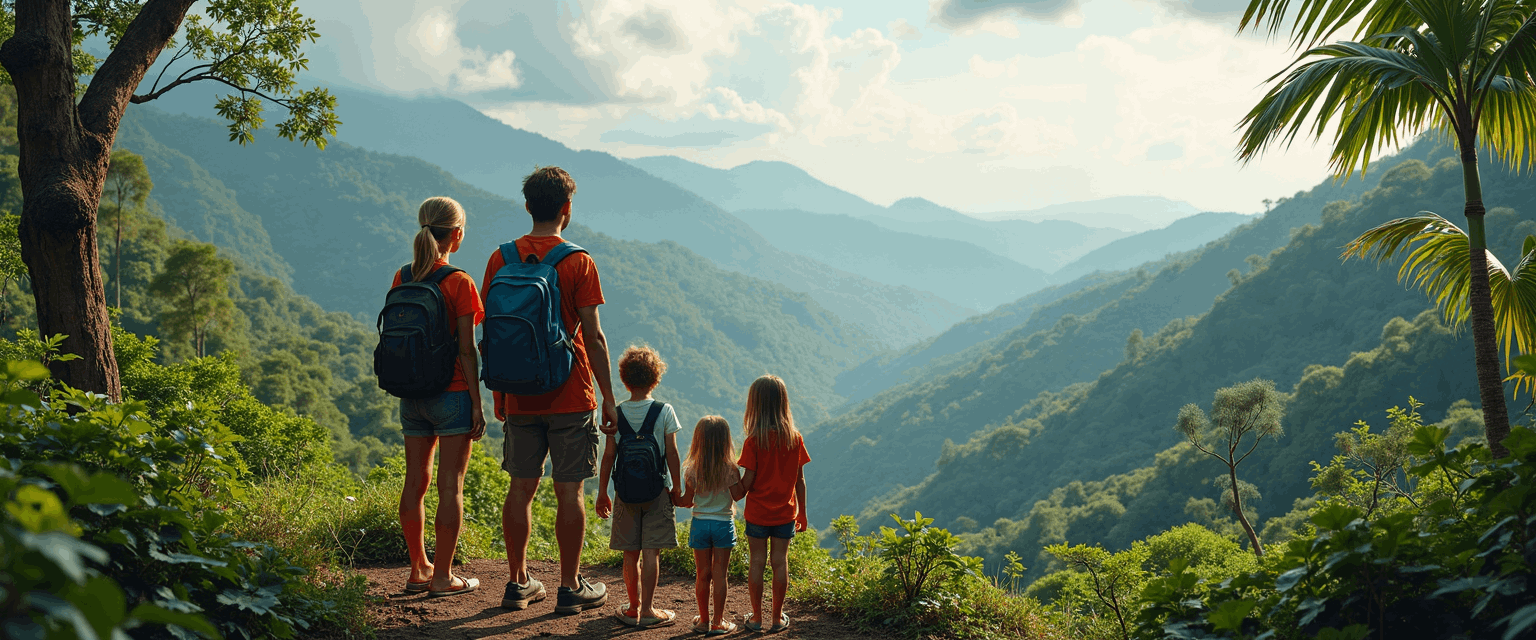
Population and culture: an enchanting mix 🌍
Madagascar is above all its warm and welcoming people. With its 18 main ethnic groups, the island offers a veritable cultural patchwork. The Malagasy are proud of their diversity and traditions, which they gladly share with visitors. As a family, you’ll have the chance to take part in colourful festivals, watch traditional dances and sample tasty local cuisine. And if you ask the kids what their favourite thing was, the local handicrafts, with their handmade wooden toys, could well win everyone over! 🎨
Children will marvel at the wealth of traditional costumes and colourful weaving patterns, each telling a unique story. Adults, meanwhile, will enjoy discussions with the locals, who are often delighted to share tales of their customs and legends. This cultural interaction is not only enriching, but also offers a great lesson in tolerance and open-mindedness for the younger ones.
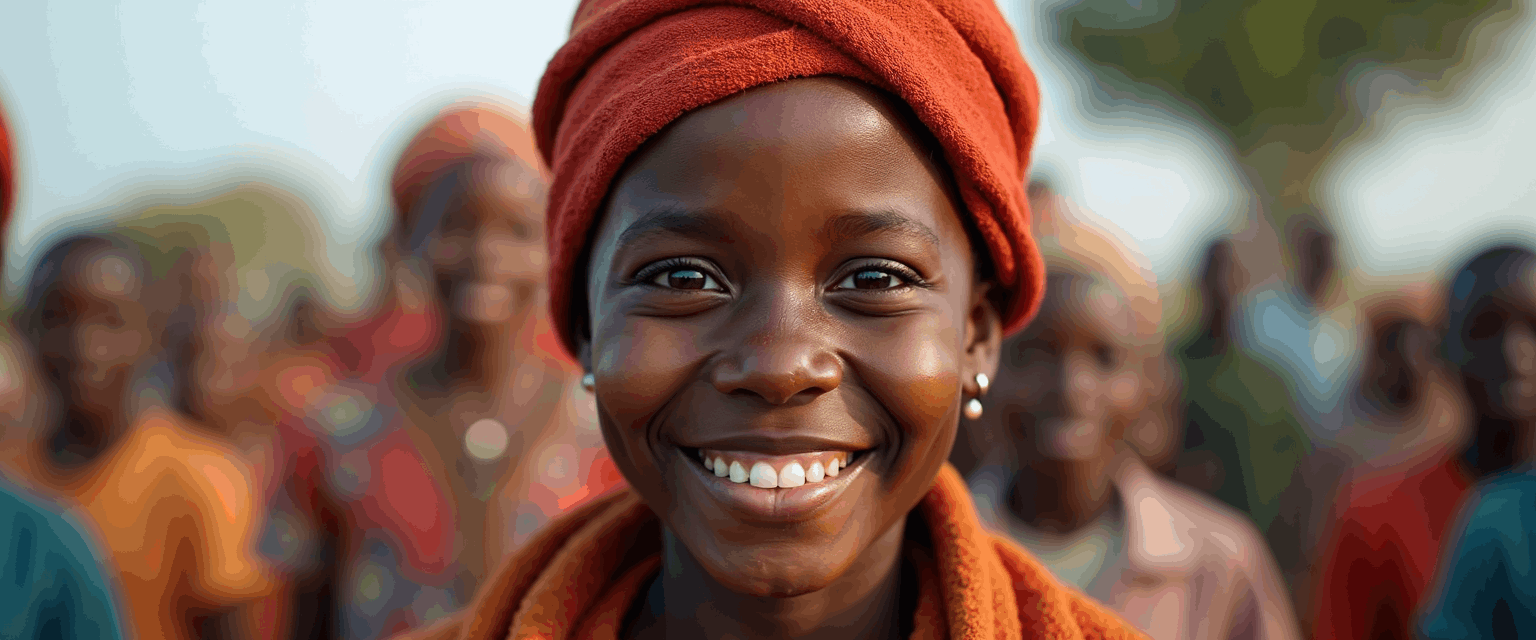
Religions and beliefs: A spiritual journey 🕌
The majority of Madagascans practise a traditional religion, often alongside Christianity. Ancestral beliefs are still very much present, particularly respect for ancestors and the famous ceremony of turning over the dead, the ‘famadihana’. It’s a unique experience that can fascinate children curious to discover other ways of celebrating life and death. That said, don’t forget to carefully explain the meaning and importance of these rituals to them. 🙏
Beyond the famadihana, Madagascar is dotted with sacred places and spiritual sites. By visiting these places, families can immerse themselves in an atmosphere of contemplation and reflection. Local guides are often true storytellers, offering captivating explanations of the spiritual significance of each site. It’s an opportunity to learn not only about Madagascan culture, but also about the universal importance of respect and memory.
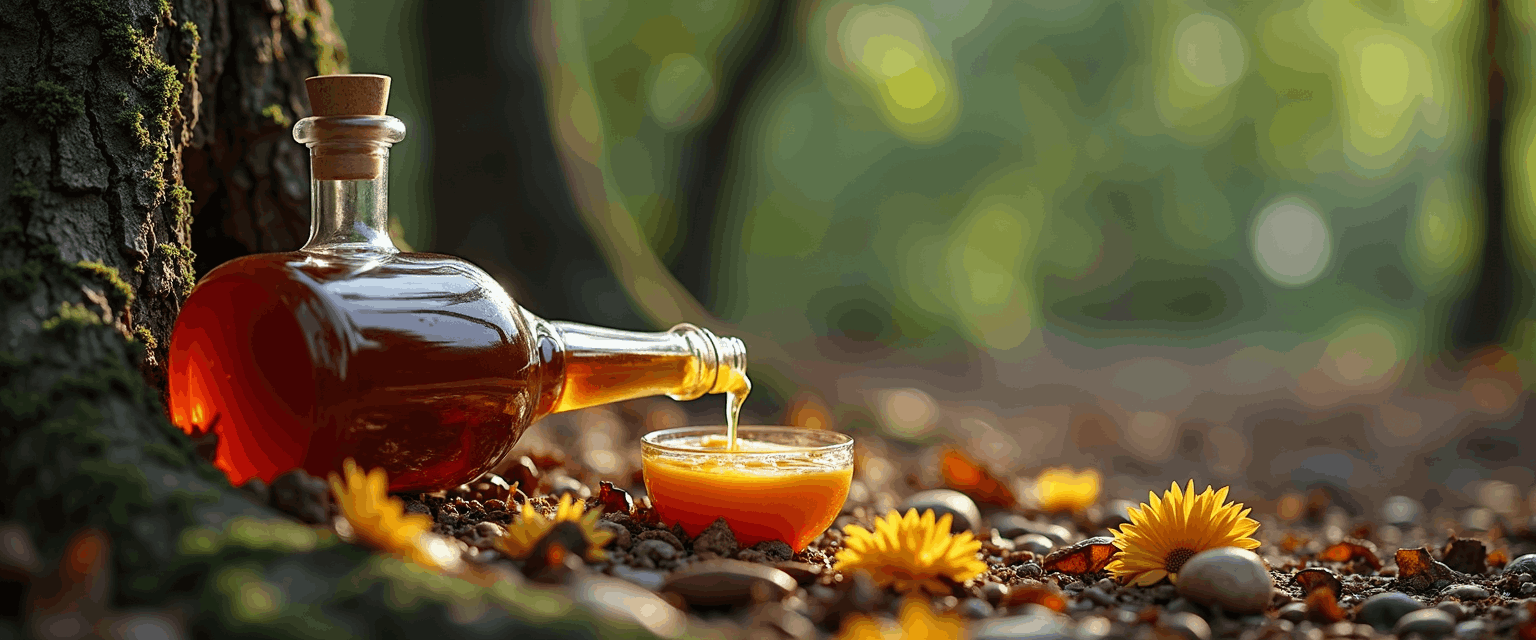
Economy and daily life: A lesson in adaptation 💼
Madagascar’s economy is mainly agricultural, with vanilla, coffee and cloves among the main exports. However, poverty is a reality that cannot be ignored. This is an opportunity to explain economic disparities to children and show them how, despite this, the Madagascans remain resilient and resourceful. The cost of living is relatively low for visitors, making it possible to take advantage of the local markets and buy a few souvenirs without breaking the bank.
By exploring the local markets, families can see first-hand how the Malagasy live their daily lives. The colourful stalls are brimming with exotic fruits, fragrant spices and local handicrafts. It’s an opportunity to teach children about the importance of local trade and sustainable economies. What’s more, interaction with the market vendors and artisans can provide unexpected and valuable learning opportunities.
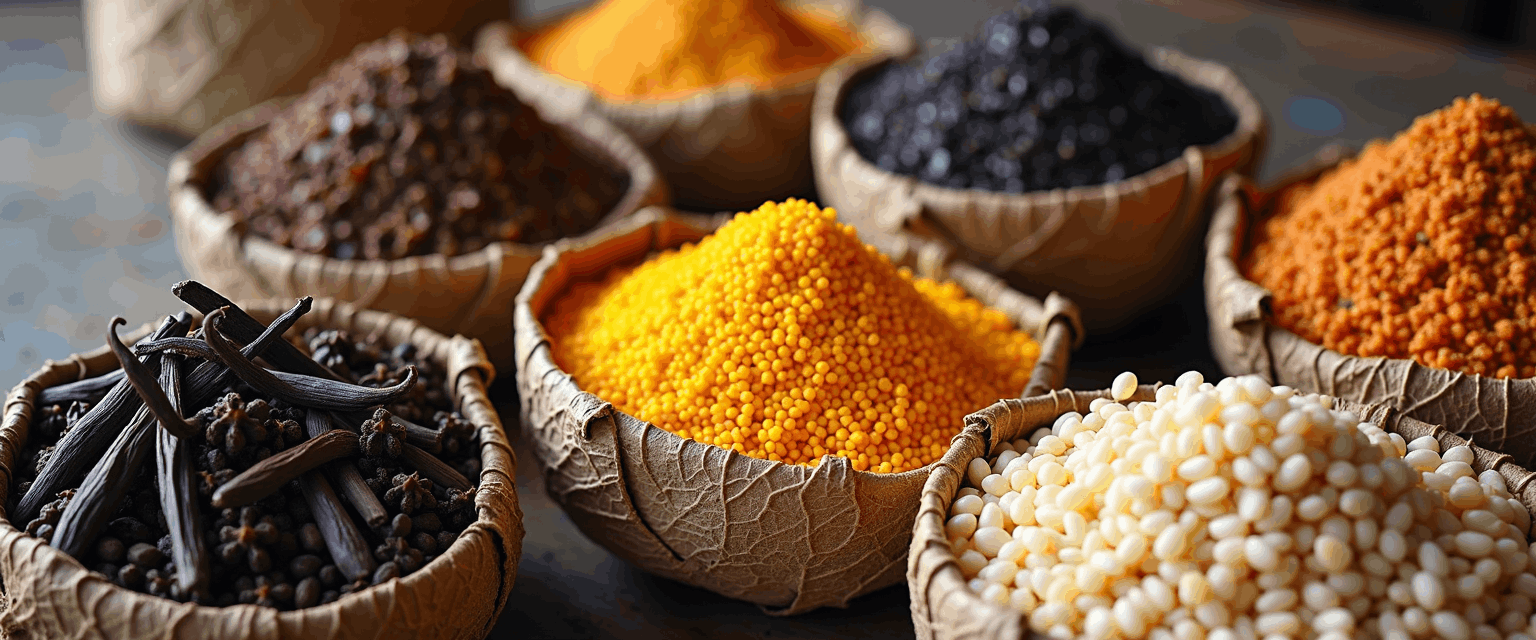
History and politics: an island on the move 📜
Madagascar has a rich and complex history, marked by French colonisation and independence in 1960. Today, the country is continuing on the road to political stability. It’s an interesting subject to tackle with teenagers, who might be intrigued by how young democracies work. And then, who knows? It could be the starting point for a passionate discussion over a nice dish of Madagascan rice! 🍚
For families interested in history, a visit to the local museums can be highly instructive. They feature exhibitions on Madagascar’s colonial history, the struggles for independence, and the country’s emblematic political figures. This can open up discussions about resilience and a people’s ability to overcome adversity to build a better future.
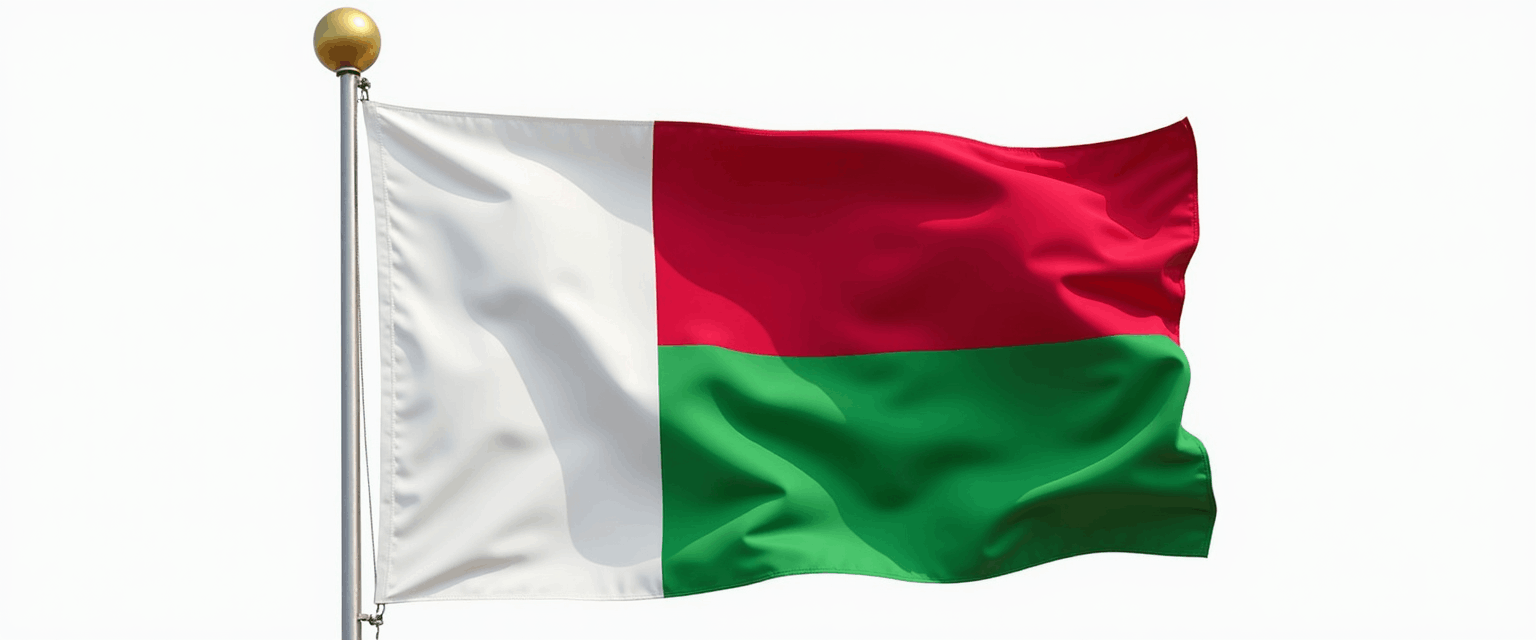
Money and the cost of living: budgeting well 💳
Travelling to Madagascar with children requires careful budgeting. Fortunately, the cost of living in Madagascar is relatively affordable. Accommodation for families, meals in local restaurants, and activities such as visits to parks or boat trips are often reasonably priced. Remember to exchange a few ariarys before you leave, and don’t forget that bartering is still common practice in some regions. 🏝️
When planning your trip, it can be useful to enlist the help of a local guide to help you navigate local customs and economic practices. Bartering, for example, can be a fun and educational experience for the whole family. It teaches children the value of goods and services, as well as the importance of negotiation in certain cultures.
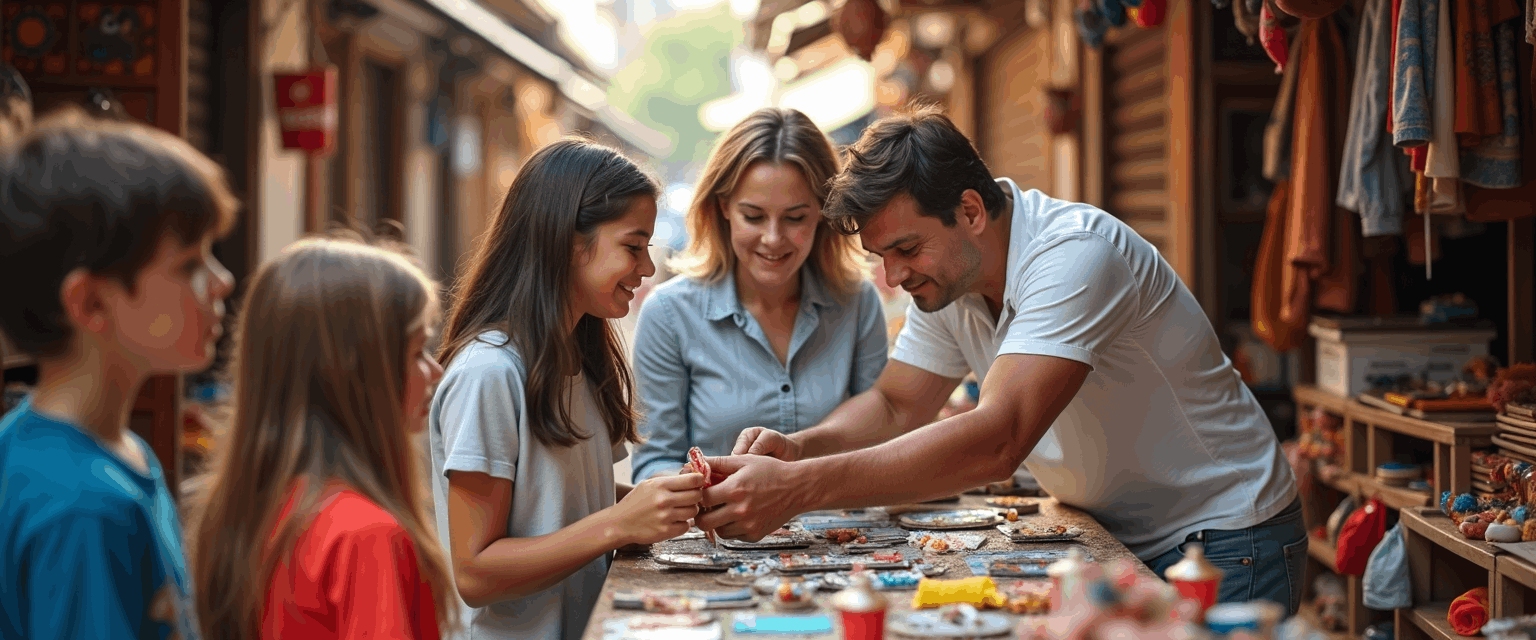
FAQ : Travelling to Madagascar with children
Is it safe to travel to Madagascar with children? Yes, with the usual precautions and respect for local customs, Madagascar is a safe destination for families.
When is the best time to visit Madagascar with the family? From May to October, during the dry season, to take full advantage of outdoor activities. 🌞
What vaccinations are required for a trip to Madagascar? Consult your doctor for recommended vaccinations, particularly against typhoid fever and hepatitis A.
To sum up, Madagascar is a destination that promises lasting memories for all the family. With its vibrant culture, breathtaking landscapes and friendly locals, the red island has everything to appeal to young and old alike. So what are you waiting for, pack your bags and experience this unique adventure with your family? 🌺
Whether you’re drawn to outdoor adventures, cultural discoveries, or simply want to spend some quality time together, Madagascar has something for everyone. Every corner of the island tells a story, and every experience here enriches travellers with new memories and perspectives. So embark on this unforgettable adventure and let yourself be seduced by the magic of Madagascar. 🌈